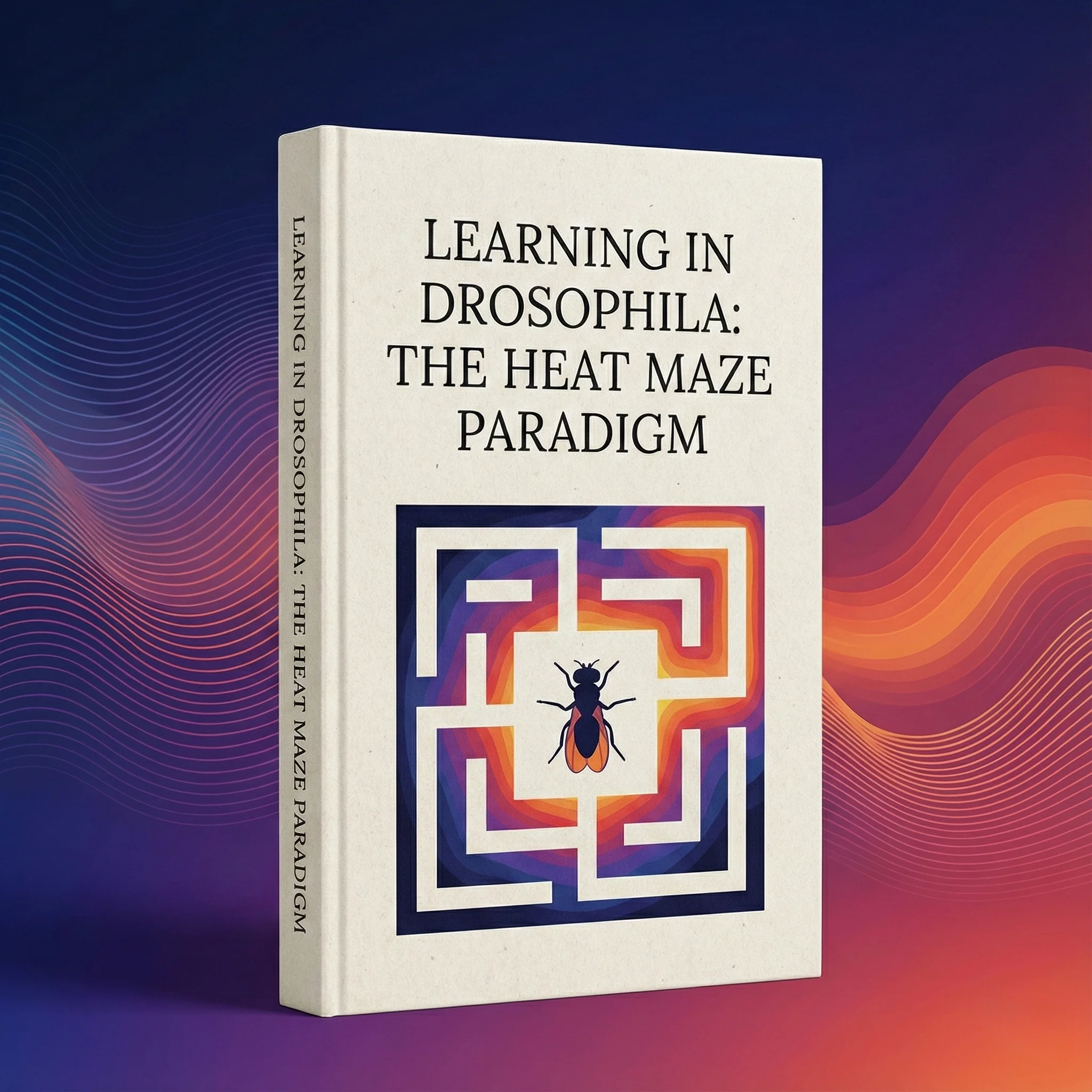

Welcome to the world of animal behavior research, where understanding how animals interact socially is crucial. One important tool in this field is the Mice Sociability Chamber. Conduct Science’s article will explain what the chamber is, how it works, and why it’s so important for studying how mice behave with each other.

Figure: Sociability Chamber
Mice are introduced into the chamber and allowed to interact with each other or with inanimate objects, depending on the experimental design. [2]
Researchers observe and record the mice’s behavior using the chamber’s built-in equipment, capturing details such as social approach, sniffing, grooming, and territorial behaviors.
The chamber’s design allows for precise control over environmental factors such as lighting, temperature, and olfactory cues, ensuring consistency across experiments. This control is crucial for identifying how specific variables affect social behavior. [3]
The test comprises two stages: the social affiliation session and the social novelty preference.
During the social affiliation session, a stranger mouse is placed in one of the wired cages, with the specific placement being randomized. When the test mouse enters the middle cage, it typically shows a preference for interacting with the stranger over remaining alone. Additionally, it tends to spend more time in the chamber with the stranger than in the empty chamber.
In the social novelty preference stage, two strangers are introduced, one in each wire cage placed in the left and right chambers. When the test mouse is placed in the middle chamber, it displays a preference for interacting with the new stranger, spending less time with the familiar stranger. Consequently, it also spends more time in the chamber with the new stranger and less time in the chamber with the previously encountered stranger.
The Mice Sociability Chamber offers several advantages for studying rodent social behavior. Firstly, it provides researchers with a controlled environment, minimizing external disturbances that could affect experimental outcomes. This controlled setting helps scientists understand the underlying mechanisms of social interactions. [4]
Secondly, the chamber allows researchers to change social factors in a controlled way. They can adjust things like group makeup, social rank, or genetics to study how these changes affect social behavior. This flexibility helps explore different aspects of social dynamics in mice. [5]
Moreover, the chamber enables real-time observation and analysis of social behavior. Researchers can analyze parameters such as proximity, social preference, and dominance interactions, providing valuable insights into the complexities of mouse social organization. [6]
The Mice Sociability Chamber is used in behavioral research for various studies. It has helped explore social recognition, maternal behavior, aggression, and the effects of social isolation. [7]
Findings from these studies contribute not only to our understanding of basic social processes but also to translational research in areas such as autism spectrum disorders and social anxiety.
Looking ahead, advancements in technology are poised to enhance the capabilities of the Mice Sociability Chamber. Using techniques like optogenetics, drug manipulations, and wireless tracking systems will open new ways to study the brain and molecular basis of social behavior. [8]
Additionally, interdisciplinary collaborations with fields such as neuroscience, genetics, and computational biology hold promise for advancing our understanding of the genetic and neural bases of social behavior in mice.
The Mice Sociability Chamber is a crucial tool for scientists in understanding social behavior. Its controlled setting, flexible experiments, and ability to observe behaviors allow researchers to delve into the complexities of mouse interactions.
As technology improves and teamwork across fields increases, this chamber will continue to reveal the mysteries of animal social behavior!










Dr Louise Corscadden acts as Conduct Science’s Director of Science and Development and Academic Technology Transfer. Her background is in genetics, microbiology, neuroscience, and climate chemistry.
